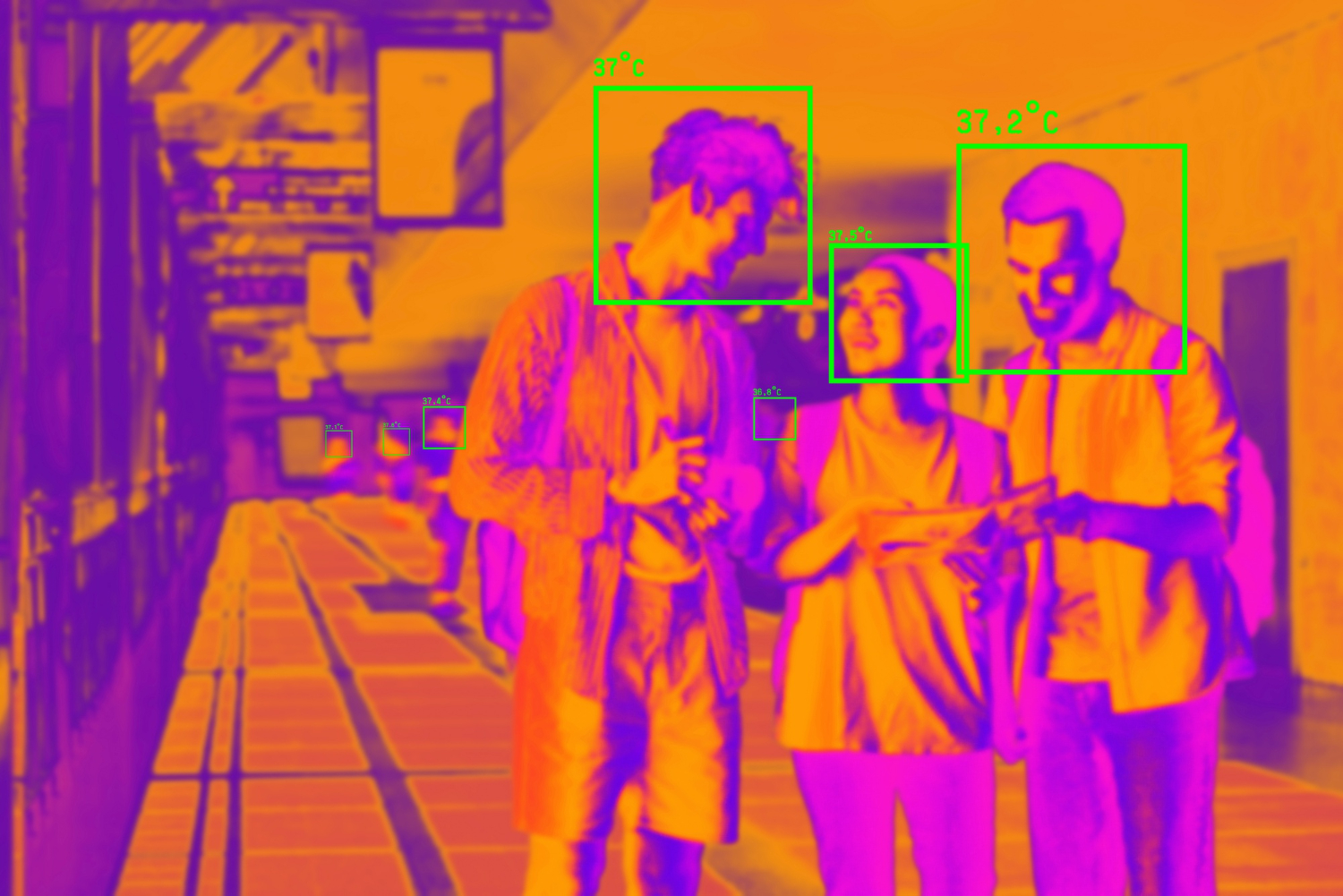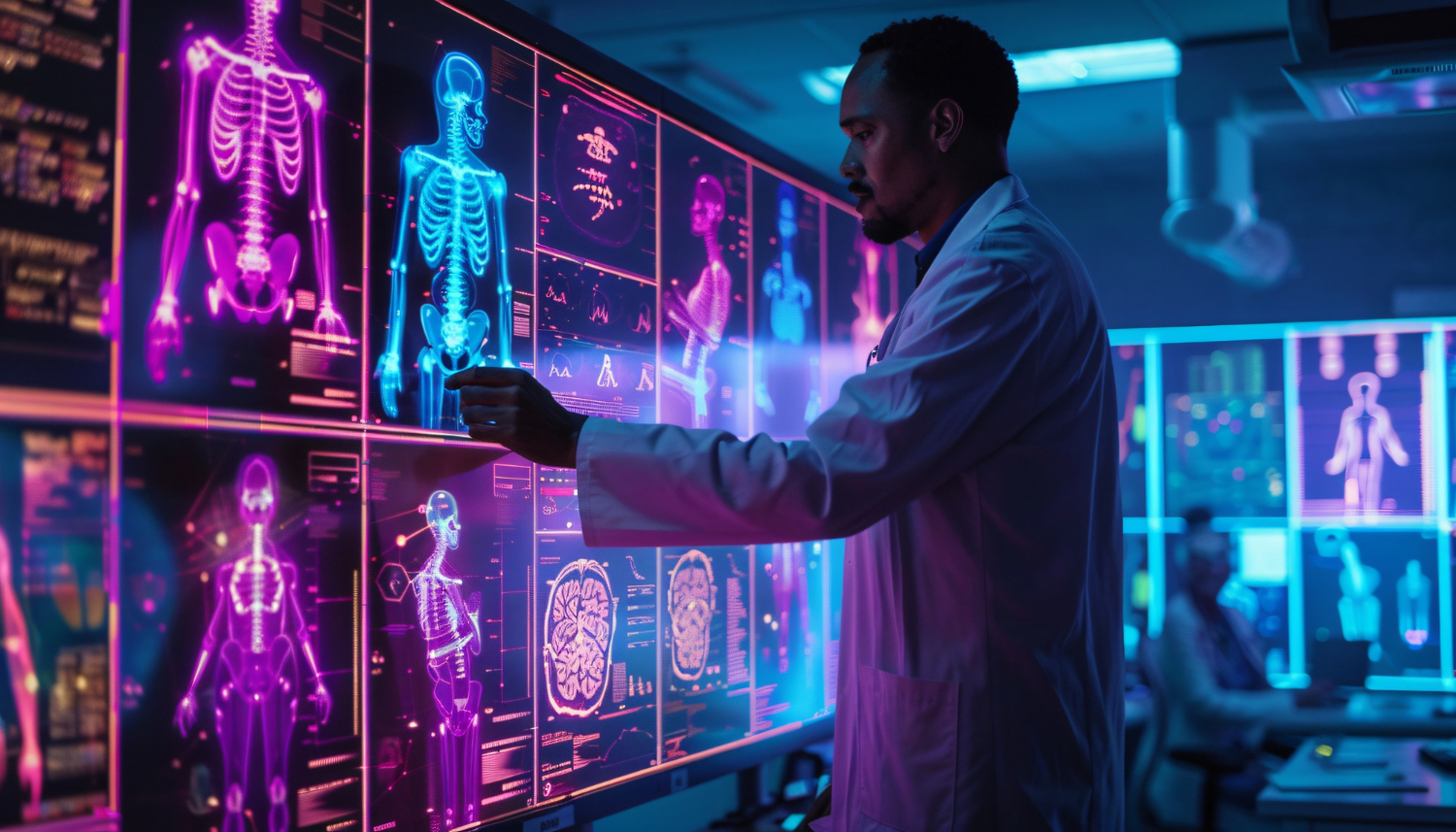Introduction
Computer vision enables computers to interpret digital images and video. It uses machine learning to identify patterns and make decisions. From driving cars to medical imaging, computer vision works in many fields. It relies on deep learning models, machine learning algorithms, and labelled data to train systems.
How Computer Vision Works
At its heart, computer vision applies an artificial neural network to raw pixels. The system uses image processing to clean data. It then applies pattern recognition to spot shapes, edges, or textures.
A machine learning model learns from examples, often via supervised machine learning. This allows it to match new images against known patterns.
Read more: How does Computer Vision work?
Object Detection and Image Recognition
Object detection identifies items in a single frame. A model draws a box around each object and labels it. In image recognition, the system assigns a category to the entire image.
For example, it might tag a photo as “cat” or “tree.” Both tasks need massive labelled data to train.
Read more: Computer Vision and Image Understanding
Autonomous Vehicles and Driving Cars
Autonomous vehicles rely on computer vision to navigate roads. Cameras capture live video streams. Image processing removes noise and adjusts contrast.
Convolutional neural nets then detect lanes, signs, and pedestrians. The system fuses this with sensor data to drive safely.
A driving car platform uses multiple machine learning algorithms to fuse vision with radar and lidar. This multi-modal approach improves accuracy. Software updates refine the machine learning model as new data arrives.
Read more: Computer Vision, Robotics, and Autonomous Systems
Medical Imaging
In healthcare, computer vision aids diagnosis. Scans such as X-ray, CT, or MRI produce digital images. AI models identify anomalies like tumours or fractures. Early detection relies on accurate pattern recognition.
A typical workflow uses supervised machine learning. Radiologists label images to train the model. The system then screens new scans, highlighting areas of concern. This speeds review and reduces human error.
Quality Control in Manufacturing
Factories use computer vision for product inspection. High-speed cameras capture items on the line. AI checks for defects or misalignments. It uses deep learning models to spot subtle flaws.
A trained model examines each item’s shape, size, or colour. It compares these features against a “good” template. Photos that fail the test trigger an alert. This process runs in real time, reducing waste.
Read more: Computer Vision for Quality Control in Manufacturing
Security and Surveillance
Computer vision strengthens security. CCTV footage flows into AI systems. Object detection flags suspicious behaviour. Face recognition matches faces to watchlists.
This uses natural language processing to interpret alerts in human-readable form.
When a system identifies a person or object of interest, it notifies operators. A machine learning model then logs details for review. This approach scales better than manual monitoring.
Retail and Inventory Management
Stores use vision systems to track stock on shelves. Cameras scan aisles and log stock levels. The AI uses image recognition to match products to database entries.
When an item runs low, the system triggers a reorder. It also analyses shopping patterns. This data science approach optimises stock and reduces loss.
Read more: Inventory Management Applications: Computer Vision to the Rescue!
Agriculture and Environmental Monitoring
Drones capture field images for crop health checks. AI models assess leaf colour and shape. This predicts disease or nutrient needs.
For environmental monitoring, satellites send images to ground stations. AI analyses land use, forest cover, or water quality. Machine learning algorithms process large amounts of data quickly.
Combining Vision with NLP
Some systems pair vision with natural language processing. For example, an image captioning model writes descriptions of photos. This aids accessibility for visually impaired users.
A retail app might let shoppers snap a photo and ask questions. The AI recognises the item and answers using NLP. This multimodal system delivers richer user experiences.
Training Data and Ethics
All computer vision systems depend on labelled data. Creating these data sets takes time. Teams must label thousands of images accurately.
Data bias can harm model fairness. In healthcare, for instance, models trained on single-region data may misdiagnose other populations. Ethical use demands diverse data and regular audits.
Read more: Computer Vision In Media And Entertainment
Advanced Neural Architectures
Computer vision moved forward with new neural network designs. Beyond basic convolutional nets, research now uses transformer-based vision models.
These models split a digital image into patches. They then apply self-attention to identify global patterns. This improves on local-only detection by capturing context across the whole frame.
Another advance is hybrid networks. They combine convolutional neural networks cnns with recurrent layers. The recurrent part adds memory, so the model learns from sequences of frames. This helps in applications like tracking a pedestrian across video or interpreting a driving car’s surroundings in real time.
Vision transformers and hybrid nets still rely on labelled data for training. However, they learn higher-level features and adapt more easily to new tasks. They also show better robustness under changing lighting or occlusion.
Data Augmentation and Transfer Learning
Gathering and labelling images can strain a data science team. Data augmentation solves part of the problem. It creates new training examples by cropping, flipping, or changing colours.
This helps a machine learning model learn invariances. The model sees the same object in varied forms and improves image recognition.
Transfer learning then boosts efficiency. A model trained on a large data set, such as ImageNet, already knows edges, textures, and shapes. Teams fine-tune it with smaller, domain-specific data. For medical imaging, this means training on scanned tissue samples.
For retail, the model learns product or service visuals. This technique speeds development and lowers the need for massive labelled sets.
Retrieval of pre-trained weights from repositories accelerates progress. One downloads a base model and applies supervised machine learning on niche data. The system then adapts quickly to new image tasks with fewer examples.
Read more: Real-World Applications of Computer Vision
Edge Deployment and Real-Time Inference
Many applications demand on-device processing. Autonomous vehicles and drones cannot wait for a cloud response. They need split-second decisions.
This drives models onto edge devices. Engineers optimise their machine learning algorithms for memory and power. They prune weights, quantise values, or use lightweight architectures.
Real-time inference means every frame must process in milliseconds. A driving car uses front-mounted cameras to scan lanes and obstacles. The model runs on a vehicle’s GPU or a specialised AI chip. This reduces latency and improves safety.
In surveillance, smart cameras detect motion and alert guards instantly. They operate with limited bandwidth. Edge deployment ensures that only flagged events leave the device. This cuts network load and protects privacy.
Challenges and Best Practices
Despite advances, computer vision systems face hurdles. One is data bias. Models trained on one demographic may underperform on others. Teams must audit training data and apply balanced sampling.
Another challenge is model drift. Over time, input distributions change. For example, a store’s product range may update.
The model must adapt or suffer accuracy drops. Continuous monitoring and retraining address this issue.
Overfitting remains a risk, especially with small data sets. Proper cross-validation and regularisation help prevent it. Practices such as early stopping and dropout ensure the model generalises well.
Efficiency is also key. Running heavy models on limited hardware can stall operations. Profiling tools guide engineers in trimming layers and optimising code.
Case Study Highlights
-
Automotive: A leading car maker uses an artificial intelligence ai system for pedestrian detection. It pairs object detection with radar data. The model flags hazards at night or in poor weather. This reduces accidents and supports advanced driver assistance.
-
Healthcare: A hospital network employs AI in medical imaging. Radiology teams upload X-ray scans. The system highlights fractures or nodules. Doctors then review the AI’s suggestions. This speeds diagnosis and improves patient outcomes.
-
Retail: A supermarket chain deploys vision scanners on shelves. Cameras track stock levels and trigger automatic ordering. The system uses pattern recognition and image processing to spot missing items. This keeps shelves full and cuts manual checks.
-
Agriculture: Farmers fly drones over fields. AI models analyse crop health by spotting discolouration or wilting. The system recommends targeted treatment. This reduces pesticide use and boosts yield.
Read more: Benefits of Classical Computer Vision for Your Business
Integration with Natural Language Processing
Some projects merge vision with language. For instance, an image captioner describes a scene in real time. It uses computer vision to detect objects and natural language processing to form sentences. This aids accessibility for visually impaired users.
A retail app lets shoppers snap a photo of a product. The system recognises the item and answers queries in text. This fusion of vision and NLP creates richer user experiences and supports advanced search engines.
Future Directions
The field continues to evolve. Self-supervised learning promises models that learn features without labelled data. Generative methods may simulate rare conditions, like foggy roads for autonomous vehicles.
Researchers also investigate 3D vision. Stereo cameras and depth sensors help build 3D maps. This enhances object detection and scene understanding.
Cross-modal AI, combining text, audio, and vision, will drive truly intelligent systems. A future smart assistant might read an image, hear a user’s question, and reply in context.
As hardware advances, vision systems will run faster on smaller devices. This brings AI into homes, factories, and cities.
Models continue to grow in size and capability. Large language models influence vision by providing richer context. Research blends text and image, allowing systems to learn from both.
Edge computing also advances. AI models run on small devices, enabling smart cameras and mobile vision. This reduces the need for cloud processing and improves privacy.
How TechnoLynx Can Help
At TechnoLynx, we design custom computer vision solutions. We handle everything from data preparation to model deployment. Our team integrates machine learning models for tasks such as object detection, image recognition, and real-time video analysis.
We ensure your system meets performance and ethical standards. Let TechnoLynx guide your vision projects to success!
This overview shows the breadth of applications for machine learning in computer vision. With the right data and expertise, these systems transform industries and improve daily life.
Continue reading: Object Detection in Computer Vision: Key Uses and Insights
Image credits: Freepik













